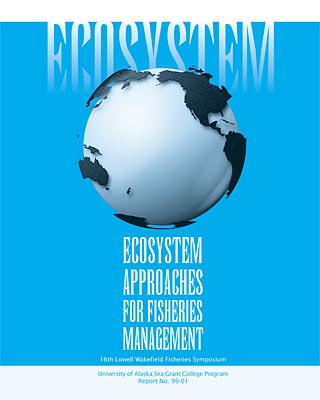
Comparing Models of Trophic Flows in the Northern and Southern Benguela Upwelling Systems During the 1980s
Lynne Jane Shannon and Astrid Jarre-Teichmann
- Price: $0.50 Sale: $0.00
 This is part of Ecosystem Approaches for Fisheries Management
This is part of Ecosystem Approaches for Fisheries Management| Format | Price | |
|---|---|---|
| PDF download [231.3 KB] Bypass cart and download |
Free | Add to Cart |
Description
Since 1981, the Benguela Ecology Programme has aimed at increasing ecological understanding of a large marine upwelling region of importance to fisheries. In an attempt to summarize results of this program, experts brought together both published and unpublished data at a workshop held in Cape Town in 1989.This was in an attempt to construct simple input-output carbon budgets of the Northern and Southern Benguela ecosystems. Based on these results, and together with more recently published data, ECOPATH models of the two systems during the 1980s have been prepared. In the Northern Benguela system, the dominant pelagic fish species during the 1980s was horse mackerel, whereas in the Southern Benguela, anchovy were dominant. In both systems, sardine were at low levels and hake were commercially important. These, together with different structures in the zooplankton communities and the different fishing levels in the respective systems, are used as a basis upon which to compare the trophic functioning of the two parts of the Benguela ecosystem during the period 1980-1989. Preliminary EcoSim analysis highlights differences in the impact of fisheries on selected groups in the two systems.
Item details
- Item number: AK-SG-99-01am
- Year: 1999
- DOI: https://doi.org/10.4027/eafm.1999.39



